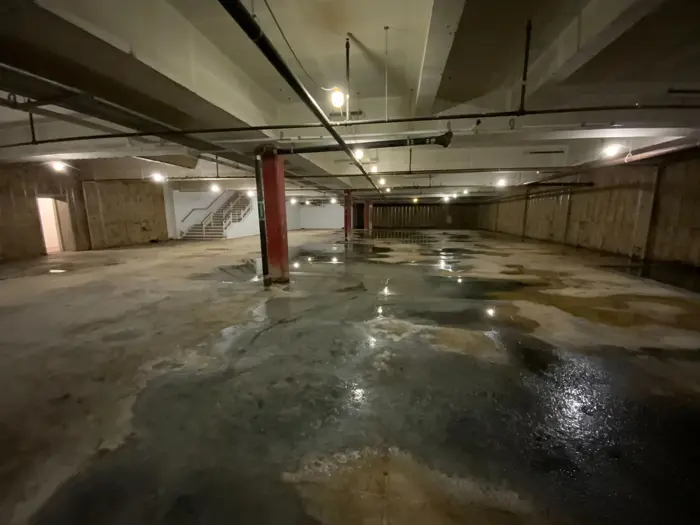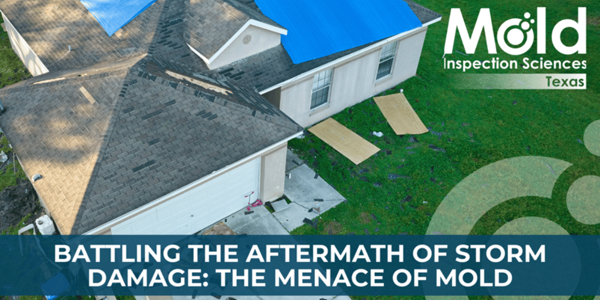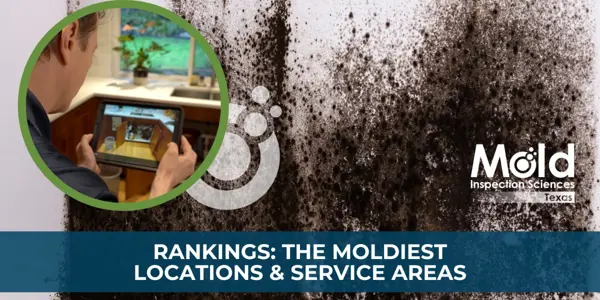An Education in Mold
How Safe Are Our Schools?

When we think of classroom safety, we typically consider first aid preparedness, knowing what to do during a fire drill, or ensuring students stay seated during instructional time. We don’t automatically consider something like mold contamination or its effects on students, teachers, and staff.
Mold can harm our well-being, and depending on the type of mold and the individual’s health, responses can be severe. We send our children to school for six to eight hours a day, 180 days a year, so ensuring their classroom environment is safe is critical.There have been several recent news reports around the country of mold growth in schools. One school system in North Carolina found mold in more than a dozen schools, delaying a return to classes after the holiday break, with some students being temporarily relocated.
Another school system in Florida had students and teachers reporting symptoms like headaches, fatigue, nausea, burning eyes, and dry mouth that would worsen throughout the day and resolve once exiting the buildings. In Connecticut, one middle school found that, out of 461 samples taken, three-quarters revealed mold was present, with heavy visible mold-like growth on items such as sports equipment, musical instruments, computer room apparatus, and library materials.
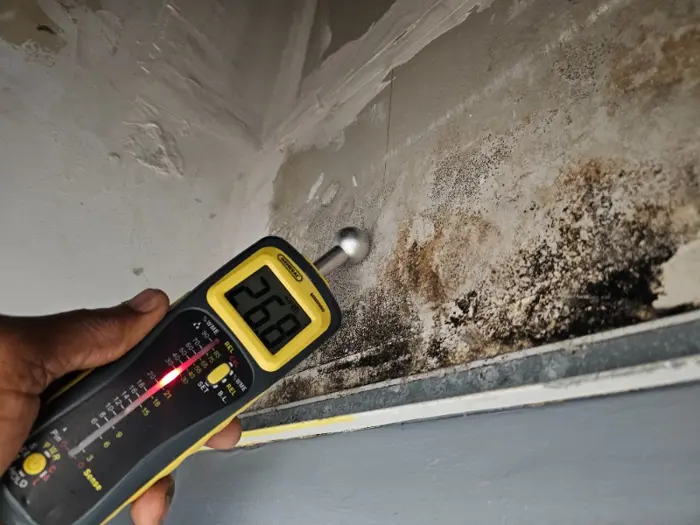
What Causes Mold in Schools?
Mold grows in schools, as in any building, via airborne mold spores that land on damp or wet building materials and furnishings. Moisture intrusions, which supply the water needed to support mold growth, can enter a school through all the usual suspects, including leaky roofs, pipes, windows, structural openings/damage, foundations, poor drainage, and flooding. Moisture can also accumulate due to certain conditions like higher humidity during warmer months or the lack of heating and cooling when school is not in session, but that’s not all. Maintenance activities like carpet cleaning or painting can also contribute to a wet environment.
In one instance, at a school in San Juan Capistrano, California, the team from our sister company, Mold Inspection Sciences, was called out to inspect a portable storage container that housed clothing and other supplies. Staff had noticed visible mold-like growth on several clothing items removed from the space before our arrival. While there was no visible water damage and the building materials tested were dry, air samples collected showed elevated airborne mold spore counts compared to the outdoor control sample. Mold growth was concluded to be due to humidity and condensation.
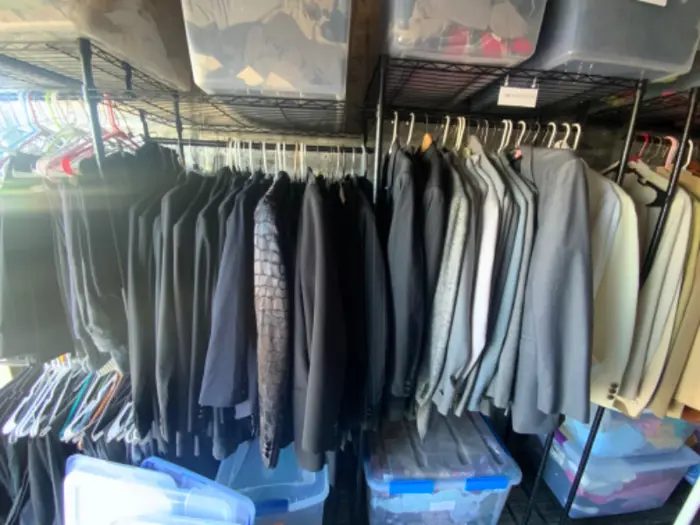
Wondering how weather, climate, and location impact mold growth?
Download a copy of our infographic for insights and stats about how these factors impact allergies, indoor air quality, and more.
When looking for mold growth in larger buildings, we commonly see it within the HVAC system, especially in cooling coil drip pans and inside the ductwork. This system allows mold to spread even more rapidly by bypassing filters and traveling to other areas of the facility. It’s also common to see mold grow on roofing materials, on ceiling tiles, behind drywall, underneath floors, on tiles in the bathrooms, around plumbing, in utility and maintenance rooms, by water fountains, and in the carpet or other furnishings.
An inspection completed in Houston, is a perfect example. Several areas of concern were discovered throughout the facilities. The inspector found visible mold-like growth, elevated moisture content in building materials, and visible water damage and/or staining on drywall, around plumbing, on ceiling tiles, and behind the HVAC unit and regulators. A number of air and surface samples were collected from 17 areas around the school. Laboratory analysis confirmed elevated mold spore concentration levels in multiple restrooms and three different storage rooms, two of which were in the cafeteria, the janitor’s closet, an electrical room, and three classrooms.
Once results were confirmed, our immediate recommendations were, of course, remediation to be completed by an independent third party as well as engaging licensed professionals to assist with repairs to solve water intrusions and excess moisture issues, drying out all impacted areas/building materials, and to evaluate and repair the HVAC system to help address excessive condensation and/or high relative humidity.
The key to controlling a mold problem is to control the moisture.
How Common Is Mold in Schools?
A report by the American Teachers Federation found that moisture intrusions resulting in mold growth are a significant source of indoor air quality issues in non-industrial buildings and schools, with 34% of “sick buildings” having significant mold growth. They also share that a large Canadian study of 144 schools in the Atlantic provinces found that 61% had a mold issue.
A study published by the Journal of Pediatric Allergy and Immunology collected air samples from 180 U.S. classrooms in 12 different schools and found that all tested positive for some level and type of mold.
Another report on mold statistics found that 30% of U.S. schools have plumbing problems, and 27% have roofing problems that could cause interior or exterior water leaks. With all this said, the prevalence of mold in schools may be more widespread than we think.
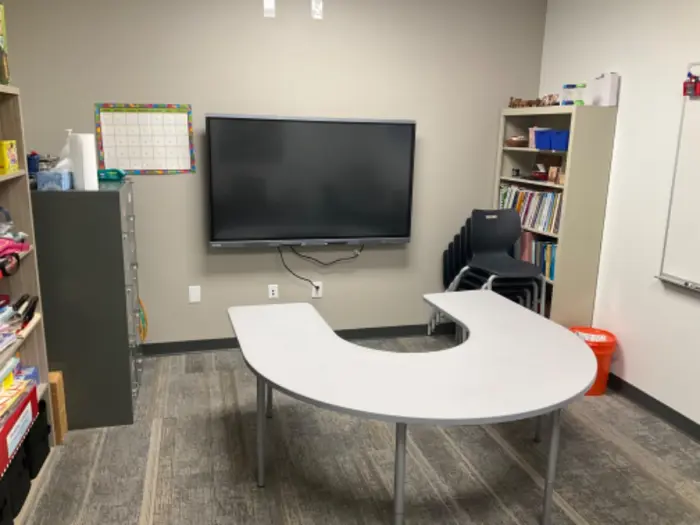
Symptoms of Mold in the Classroom
While students, especially younger ones, may not be privy to such things as water damage, teachers and other staff members should stay aware. Tell-tale signs of mold in the classroom look like staining or discoloration on the ceiling or walls, peeling paint or wallpaper, and areas of high humidity. Notice any places that smell musty or mildew-like? This is also a good indicator of potential mold, so trust your nose. But even if you don’t see or smell it, that doesn’t mean it isn’t there.
Other signs of mold include physical symptoms that students and staff may be experiencing, similar to those reported by the school system in Florida, as mentioned above. It is important to heed the observations of individuals who report the abrupt emergence of inexplicable allergic reactions, including, but not limited to, nasal congestion, sore throats, headaches, and skin irritations.
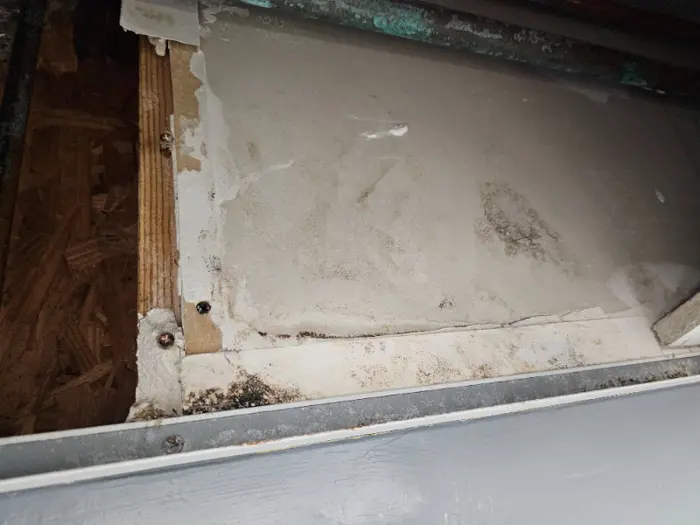
If you’re a parent and suspect your child is being exposed to mold in the classroom, the best thing to do is notify the school of your concerns. Having the issue brought to their attention will let them know they need to conduct a formal mold inspection.
What to Do If You Suspect Mold in the Classroom
Schools are generally required to conduct routine maintenance to inspect for signs of mold and water damage, but that doesn’t mean things can’t be missed. The key to controlling mold growth, of course, is by controlling moisture. If damp or wet building materials are found, it’s essential to work on drying the area immediately, as mold can start to grow in as little as 24 hours. Other recommendations include keeping relative humidity indoors between 30% and 50%, ventilating moisture-laden places like bathrooms and locker rooms to the exterior of the building, covering cold surfaces such as water pipes with insulation, and ensuring that exhaust systems along with heating and cooling systems are operated regularly, even when school is not in session.
School systems would also be wise to implement specific policies restricting moisture-generating maintenance, like carpet cleaning, during vacations unless moisture-removing apparatus like dehumidifiers and fans operate simultaneously.
